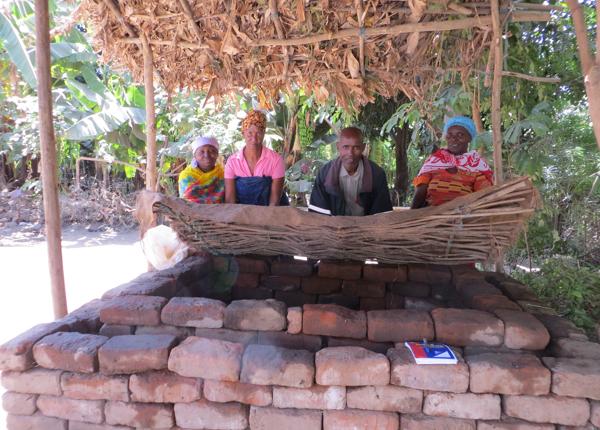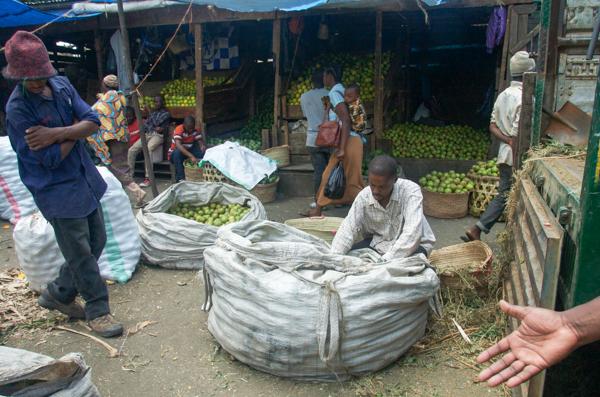Corn is an integral part of many meals in Tanzania and its neighboring East African countries. Ground, it makes a thin, viscous porridge for breakfast. Mashed with beans and potatoes, it’s lunch. Roasted on the cob, it’s an afternoon snack. And cooked with water, corn flour makes a bread-like side dish that is the main source of calories at dinner.
So when the harvest season comes to rural areas, where most inhabitants are subsistence farmers, bellies are full and happy with a favorite local food. A few months later in many homes, however, this staple is all but gone. Families then face hunger—or tough choices between paying for food or other necessities.
The problem for many farmers is not that they don't grow enough corn, it's that they store the corn poorly.


